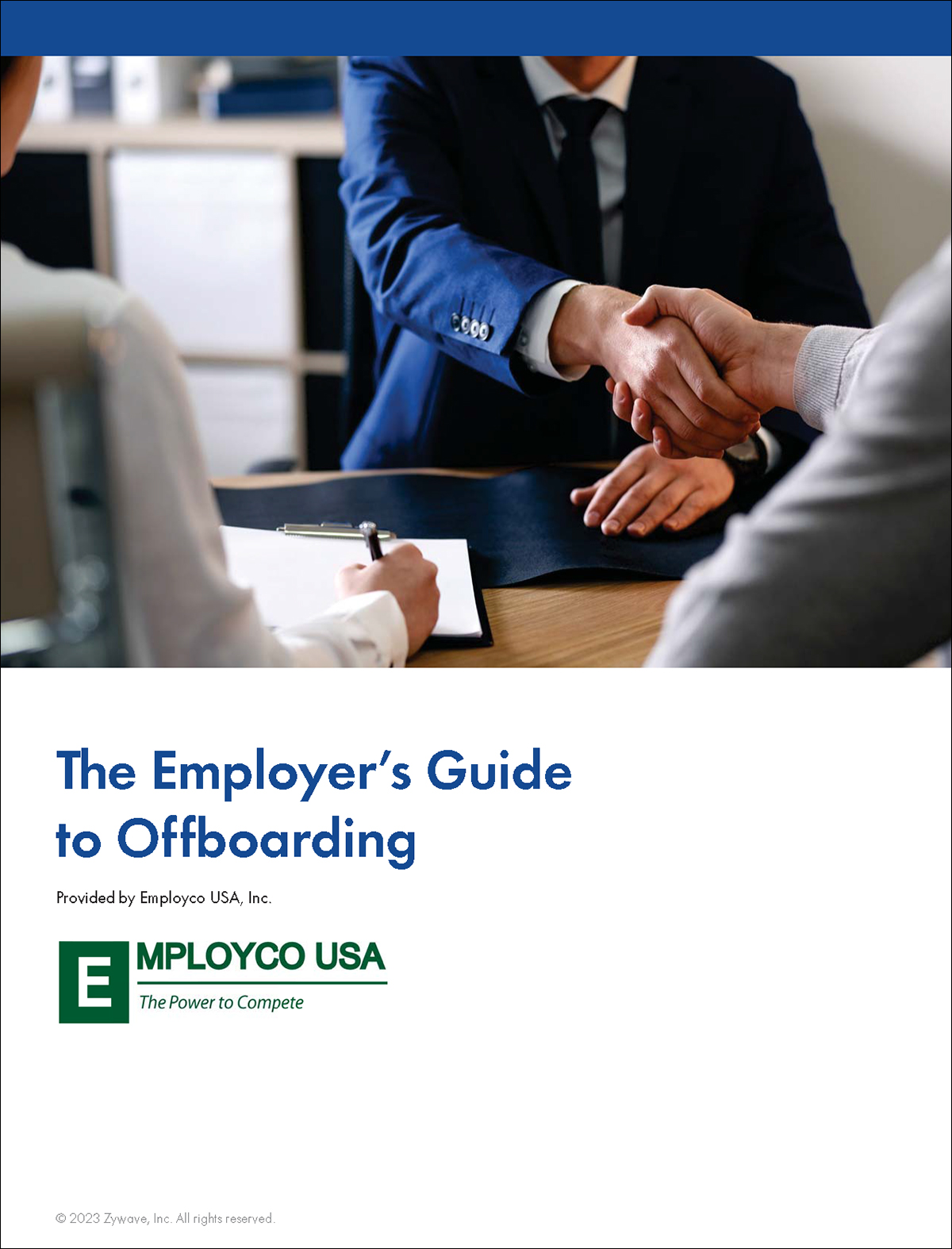
At some point, an employee will eventually move on from an organization. When that time comes, a well-prepared offboarding process can significantly enhance the efficiency and success of the transition. Offboarding refers to how an organization handles a departing employee—with the ultimate goal of an amicable separation. It can encompass a number of steps to support a smooth employment separation, including finalizing payroll, completing tax paperwork, retrieving company property, terminating access to company systems and files, facilitating knowledge transfers, and maintaining a respectable employer-employee relationship.
Troubling data from market research company Aberdeen Strategy & Research revealed that 71% of organizations have no formal offboarding process—and 70% are only interested in dealing with resignations. While much attention is paid to employee onboarding, offboarding is just as important. In a tight labor market, employers should be making a concerted effort with employee relations and their brand as an employer. Word of mouth can help attract and retain employees. A clumsy or messy separation could have negative ramifications for employers, such as costly lawsuits.
When offboarding is done properly and gracefully, an organization may experience improved employee attraction and retention. Offboarding requires great planning, but it is well worth it in the long run. This process helps ensure employees leave on good terms, keeps the door open for employees to return in the future, increases employee referrals, and ultimately protects the organization from legal risks.
We recently released a guide that provides an overview of offboarding and offers best practices for employers to implement a formal process. Click the following link to access our new: Employer’s Guide to Offboarding.
